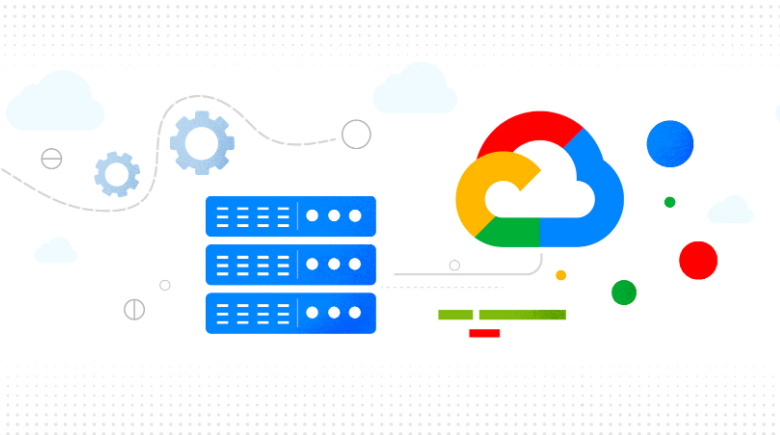 CLOUD
CLOUD
 CLOUD
CLOUD
 CLOUD
CLOUD
Google LLC’s cloud business today said that Bell Canada, the largest carrier in Canada, has deployed its Distributed Cloud Edge platform to support infrastructure modernization initiatives.
The development marks the latest milestone in Google Cloud’s effort to grow its share of the carrier infrastructure market. Bell is one of several major network operators that have adopted the search giant’s cloud offerings in recent years.
Distributed Cloud Edge, the platform adopted by Bell, is one of the first offerings in a product portfolio dubbed Google Distributed Edge that the search giant introduced last October. The Distributed Cloud Edge platform allows companies to deploy Google Cloud services in edge computing environments.
One of the main use cases for the platform is running carriers’ network core infrastructure. The network core is the collection of technology systems that a carrier uses to manage its cell towers and related hardware. Internet providers are modernizing this part of their infrastructure as part of the industrywide rollout of 5G.
Google Cloud said that Bell has deployed the Distributed Cloud Edge platform to run core network functions. The term core network function usually refers to the software that a carrier uses to manage its network core. This software is responsible for a number of essential tasks, including optimizing users’ wireless connections and securing data traffic.
“Network data traffic is higher than ever and communication service providers are increasingly looking for new ways to achieve scale, efficiency and reliability while also discovering new business opportunities,” said Amol Phadke, managing director of telecom industry solutions at Google Cloud. “By successfully deploying Google Distributed Cloud Edge in their networks, Bell is able to reimagine its infrastructure management.”
Bell’s implementation of the Distributed Cloud Edge platform was set up as part of a multiyear partnership with Google Cloud that the companies first announced last July.
According to the companies, Bell is adopting Google Cloud’s technology in a bid to make its network more automated. The carrier has set a goal of both increasing the capacity of its network and reducing the amount of effort required to manage it.
Artificial intelligence is another priority for Bell. The Distributed Cloud Edge platform has features that allow it to run AI models at the edge of the network. When Bell and Google Cloud announced the partnership last year, the carrier stated that it hopes to use machine learning to simplify the planning of infrastructure upgrades and find ways of improving its network’s reliability.
Google Cloud’s emphasis on multicloud use cases in its product roadmap is an important element of the partnership with Bell. In recent years, the search giant has rolled out several products that make it easier for companies to combine solutions from different infrastructure-as-a-service platforms. Bell, meanwhile, has stated that it’s seeking to build a “multicloud network” as part of its technology modernization efforts.
The Distributed Cloud Edge platform adopted by Bell is part of Google’s Distributed Cloud product portfolio, which is in turn built on its Anthos software. Anthos allows companies to manage infrastructure resources centrally across multiple public clouds, as well as on-premises data centers and edge environments. The ability to orchestrate different kinds of hardware resources through a single pane of glass can theoretically make it easier for companies to build and maintain multicloud environments.
Google describes Bell’s Distributed Cloud Edge deployment as the world’s first implementation of core network functions on the platform. The technical insights that Google will glean from its work with Bell could help it enhance the Distributed Cloud Edge platform’s feature set, which would in turn advance the search giant’s effort to grow adoption of its technology among carriers.
THANK YOU